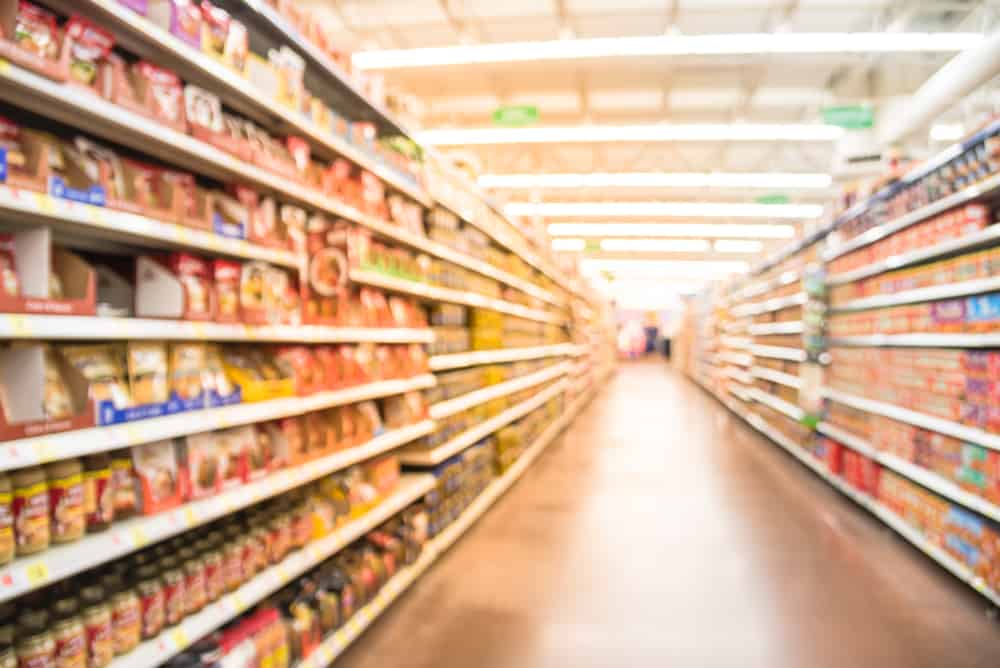The COVID-19 pandemic has affected the world. It has changed how we interact, dine, and eat. Many are staying at home to cook and eat. Others are avoiding beef, fish and other proteins for fear of contracting the virus. Initial panic left grocery stores with empty shelves as hoarders stock food items. Right now, the food supply and markets are sufficient and steady. Global cereal, wheat, and other staple crops are promising through 2020 and into next year. But if the pandemic doesn’t improve and major importers lose their trust in basic staples, it could cause buyers to panic and prices to rise.
The Impact on Farmers and Ranchers
Farmers and ranchers are the backbone of feeding and taking care of the population. They directly supply food to restaurants and keep our supermarkets stocked with meats, fruits, and vegetables. Farmers are a necessity, especially if food security threatens the food supply chain.
Staple foods have been less impacted. Farmers of specialized crops, however, will suffer the most. Specialized crops include organic produce and some fruits. These foods are generally sold to restaurants and farmers’ markets with reduced services or that are closed (in some cases after reopening.) Even if they can continue to operate, they do not have many places to sell.
Within the next few months, if unemployment worsens, people will be able to afford less and buy less. Oversea markets could stop imports if there are certain restrictions remain to contain the virus stay in effect.
Seasonal Worker – The Farmer Workers
Another concern is next year’s spring harvest. Every spring, tens of thousands of migrant workers come from various countries to harvest crops in the United States.It is estimated that 20% of farmworkers come to the U.S. to prune, plow, plant, and pick produce.
There has been concern that farm workers would not be allowed to work due to the federal government’s hold on foreigners entering the country. Farmers have worked hard to ensure these workers will have visas. Despite their efforts, many embassies and federal offices are closed for processing – and may remain closed into next year.
Farms such as apple orchards require a large workforce. Workers are needed to prune to prevent diseases on tree branches and provide more sunlight to leaves. If they are not able to get the workers needed, it will affect this season and future seasons.
Farmers also depend on farmers’ markets for most of their sales. Some governments have suspended farmers’ markets. Now, farmers are depending largely on direct-to-consumer sales in the COVID-era.
The Impact on Restaurants
Restaurants have been greatly affected by the COVID-19. February into early March started with canceled reservations and casual dining plans. As a result, sales at take-out and fast-food restaurants increased. It was not until summer that any form of indoor dining started. Outdoor dining remains more popular with reduced capacity.
Many individuals have chose to buy foods from supermarkets and cook at home. Others opt to order from restaurants that provide pick-up or delivery. Restaurants that have adapted and provided these services are still able to thrive.
The COVID-19 crisis shifted the dining experience to drive-thru, curbside, and pick-up. Restaurants that do not provide these services were forced to close, for restaurants, especially the small businesses, are in a crisis.
Food Manufacturers
Many food manufacturers have facilities in China, Italy, and other areas where the coronavirus stopped the production of goods. This has a serious impact on distributors and retailers, but also the global economy. These manufacturers have had to consider other alternatives for sourcing locations in 2020.
Restaurants, farmers, and ranchers are experiencing a critical situation. The food industry seems to be able to provide basic cereals and grains. However, there is concern for certain crops if farmers are not able to get migrant workers. Restaurants and small businesses are able to survive this pandemic if they are adaptable. The time it takes for this pandemic to end as we head into 2021 will determine the short-term and long-term effects of COVID-19 on the food industry.




